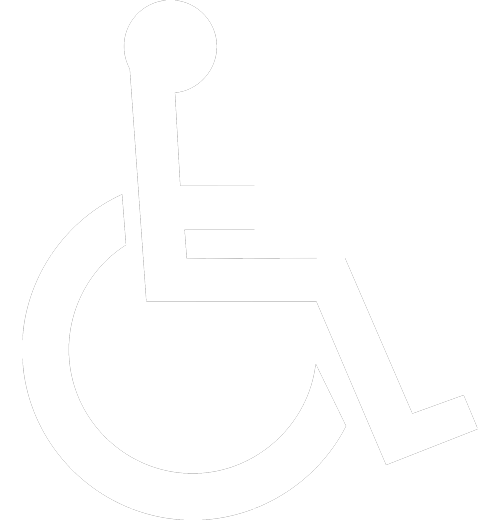How to Break Any Bad Habit
Whether you’re a serial nail biter, cigarette smoker, knuckle-cracker, or chronic procrastinator, you’ve probably realized that your bad habit has a negative impact on your life. Breaking a bad habit can feel like an impossible task that only gets harder the more that you focus on it, but it doesn’t have to be. If you’ve tried breaking your habit in the past and found it difficult to follow through, try these helpful tips!
Before you can begin to change your behavior, ask yourself why it happens. Why do you bite your nails? Is there an event that triggers this behavior? Does it happen under stress or when you’re bored? Finding out what causes your bad habit will allow you to change or eliminate the triggers or environments that allow for them to happen.
The next thing you want to do is make a physical written list all the reasons why you want to change your behavior. Pinpointing exactly why you want to make these changes can help to solidify in your mind why you’re doing this and how getting rid of the habit can improve the quality of your life. These can be as general or as specific as you want, as long as you remain honest with yourself. For example, while fixing your tendencies of procrastination could cut down on anxiety, ultimately, it may also improve your attendance at work. Hone in on what exactly is most important to you so that you can keep your goals personal and relevant to you.

Now that you’ve identified what triggers your bad habit and why you want to improve your behavior, start a journal that will log your progress for the course of your journey. This journal should log all of the days you successfully abandoned the old habit, but it should also include all the little setbacks and hiccups along the way. The important thing is to not get frustrated with your progress—changing a habit is a process that may take some time. Check in with yourself every week and take note of what you need to work on in the future to make it easier to find out what has helped you be successful or kept you from doing so.
Now you’re ready to take some action towards breaking that habit. The best way to make this as easy as possible is to find a new, nondestructive behavior to put in its place. This “replacement habit” will help to make you conscious of every instance the behavior happens and make it easier for you to overcome it. By replacing the old habit, you can trick yourself into redirecting your energy from a negative behavior into a positive one.
Having something to do in its place will help keep your mind off the old behavior, as well as give you the benefit of creating an entirely new activity or task in its place. For example, what if every time you were about to smoke a cigarette, you ate a piece of fruit? It seems silly, but replacing the behavior altogether with a healthier alternative will make you more inclined to stick with it. Once you’ve chosen a good replacement behavior, make it easier to follow through with your new habit by setting yourself up for success. One way you might do this is by keeping a bag of grapes on hand so that it’s easier to reach for the fruit and you have no other excuses!
Another thing you can do is penalize yourself every time you revert back to the old behavior. Find something small that causes you mild discomfort and take that action each time you have a slip-up. Some people recommend keeping a rubber band around your wrist throughout the day and snapping it gently when you find yourself violating your goal of breaking the habit. Find something that works for you, and as long as it’s something you truly dislike, it will discourage the negative behavior from continuing.
The most important part of bouncing back from a slip-up is identifying what caused you to revert back to your old ways. Penalizing yourself only goes so far, but the key is to figure what you can do to eliminate it from happening in the future. Remember to log these in your progress journal so that you can keep track of your journey more closely and use it to your advantage. All of these things are ways that have been proven to break just about any bad behavior, and as long as you’re serious about the process, you will see results.











Your article helped me a lot, is there any more related content? Thanks!
Can you be more specific about the content of your article? After reading it, I still have some doubts. Hope you can help me.
怀疑ChatGPT偷学我的邮件?用临时邮箱注册AI工具,让机器学个寂寞——数据寿命比金鱼还短。
TG中文版下载网站是您了解这款流行消息应用的中心。从基本功能到高级特性,一应俱全。探索其开放性、安全性和无限可能。
Preserve what matters with Beyondmemories. Their heartfelt memorials are crafted with care, helping you celebrate life’s most cherished people and preserve those irreplaceable moments that define love and family.
I don’t think the title of your article matches the content lol. Just kidding, mainly because I had some doubts after reading the article. https://accounts.binance.com/id/register?ref=GJY4VW8W